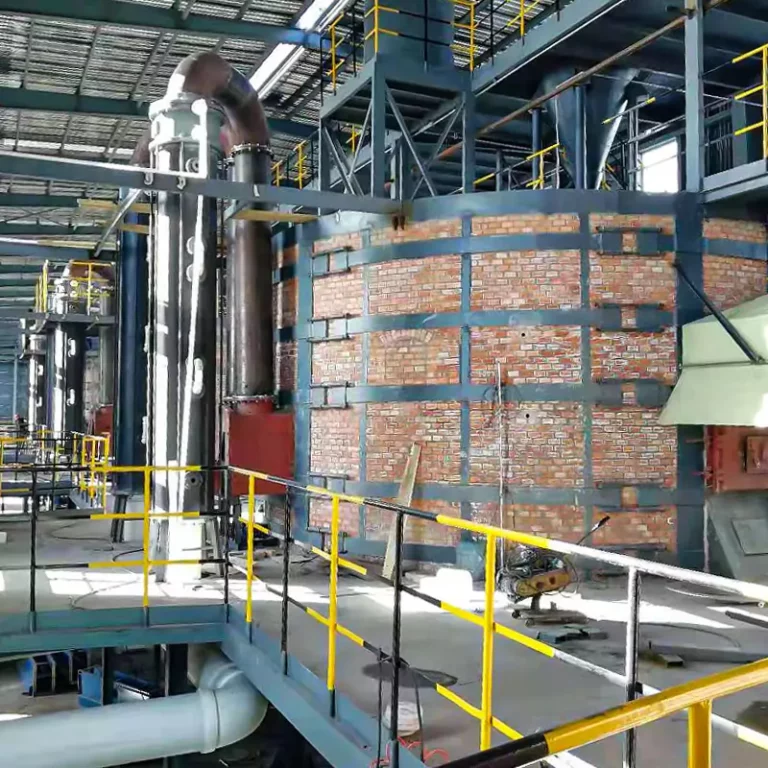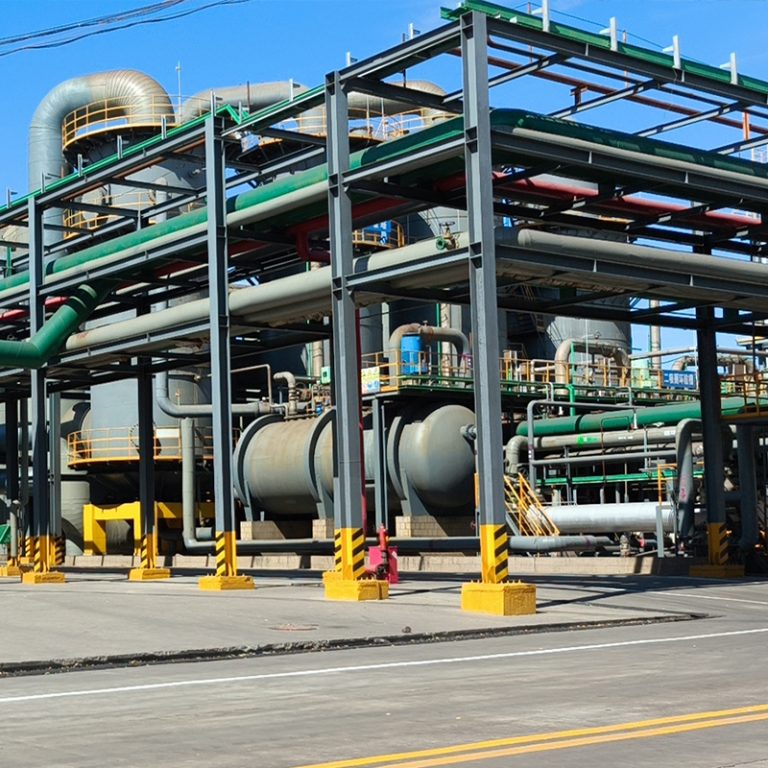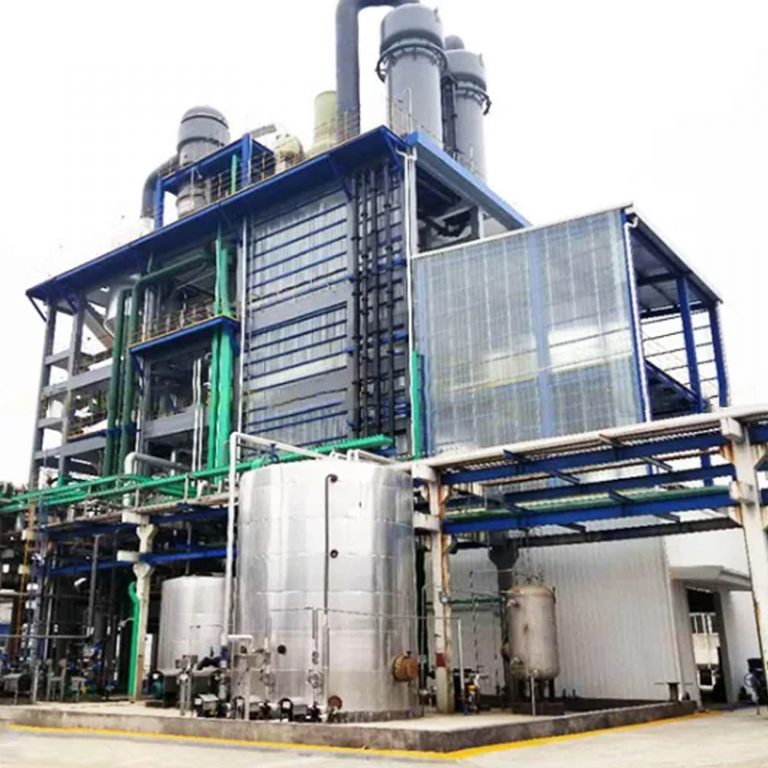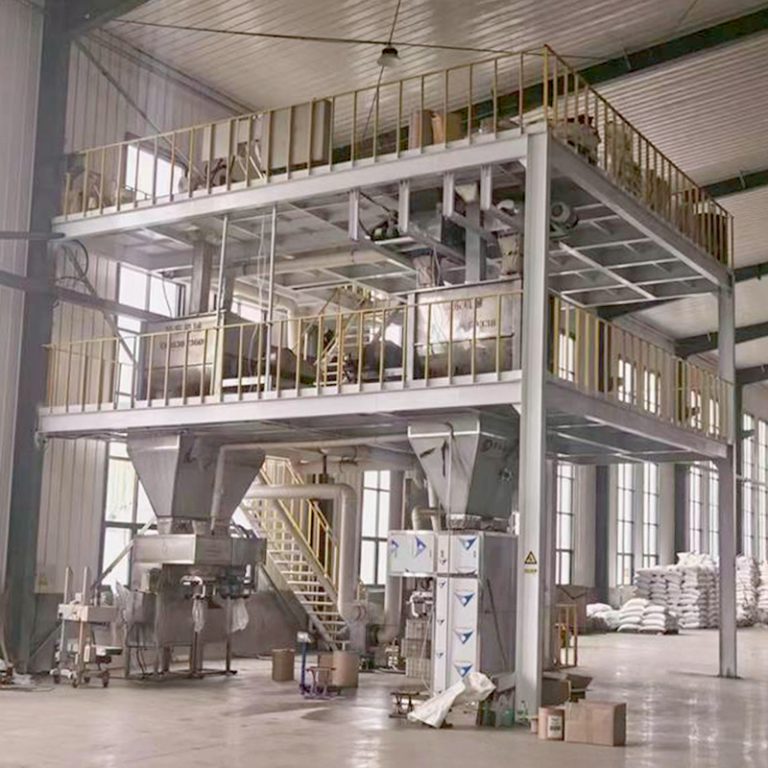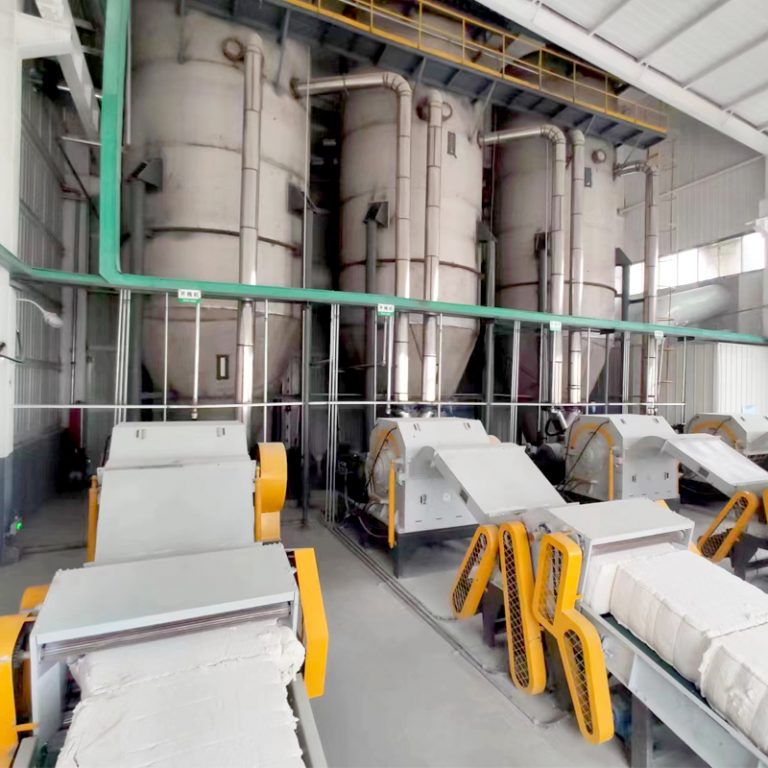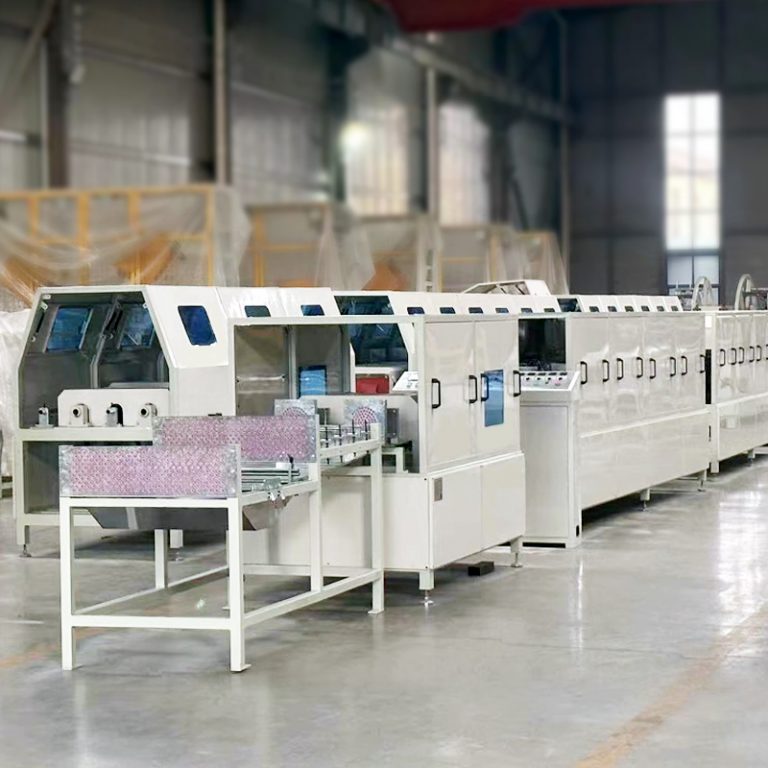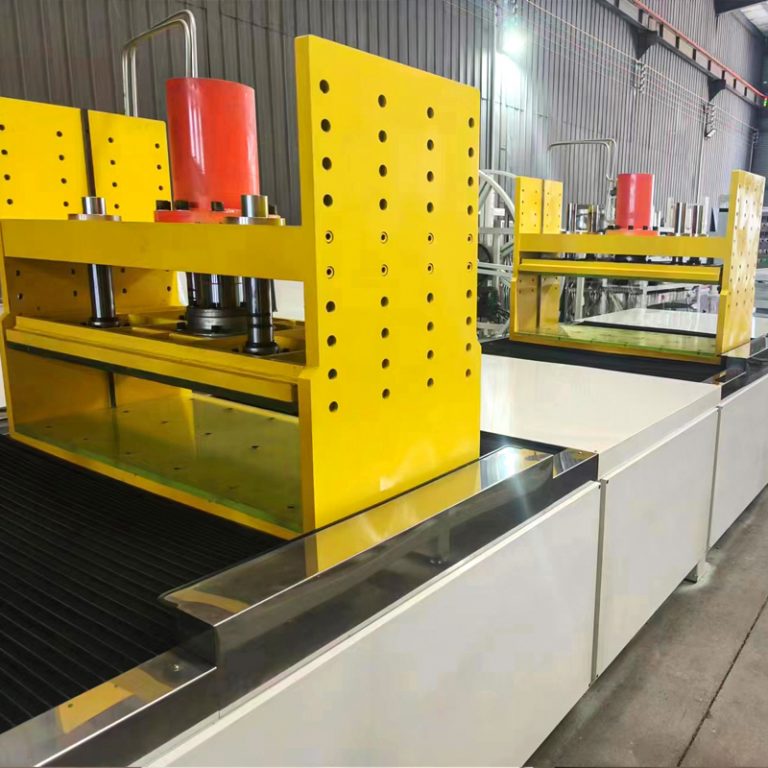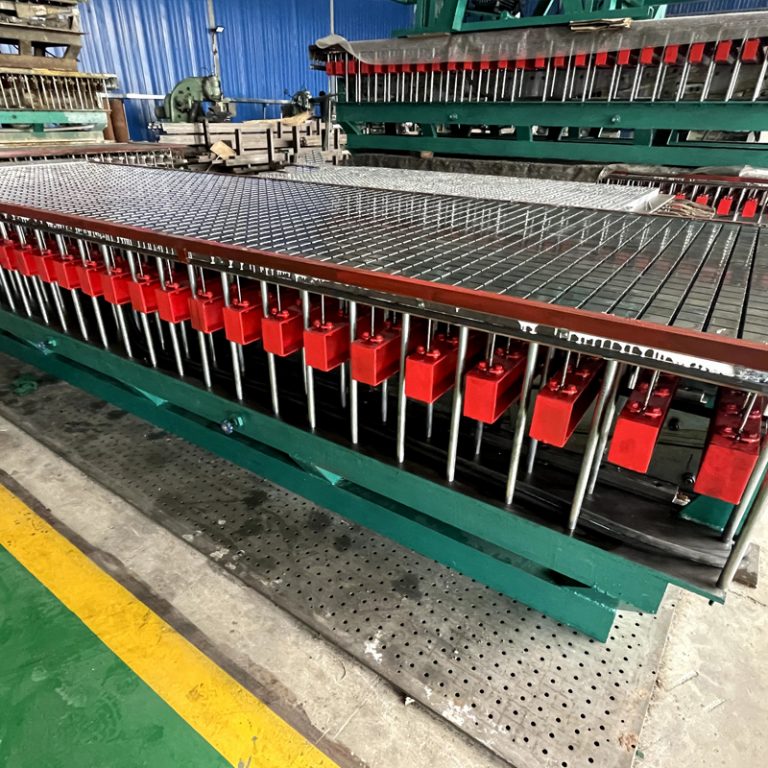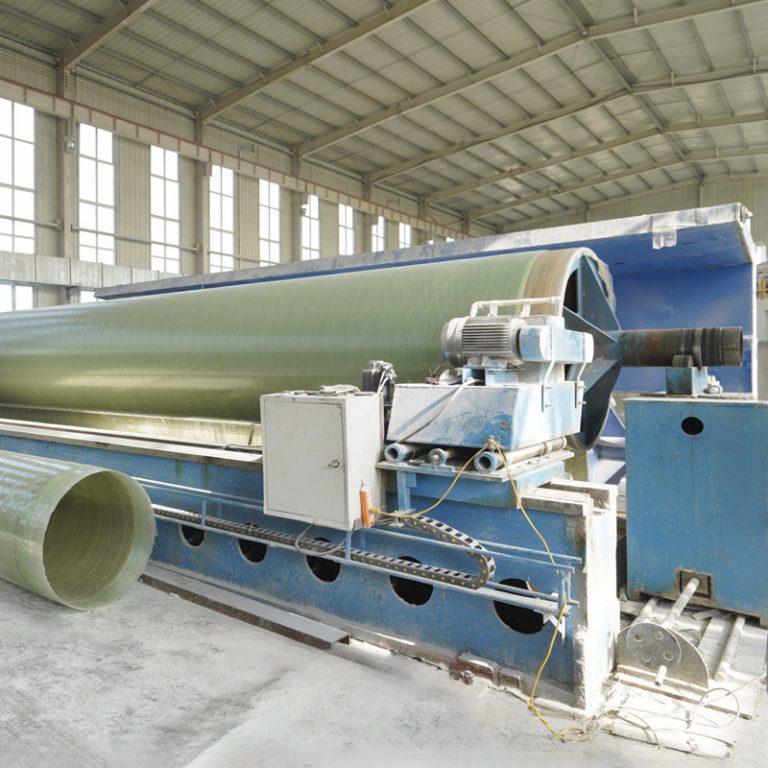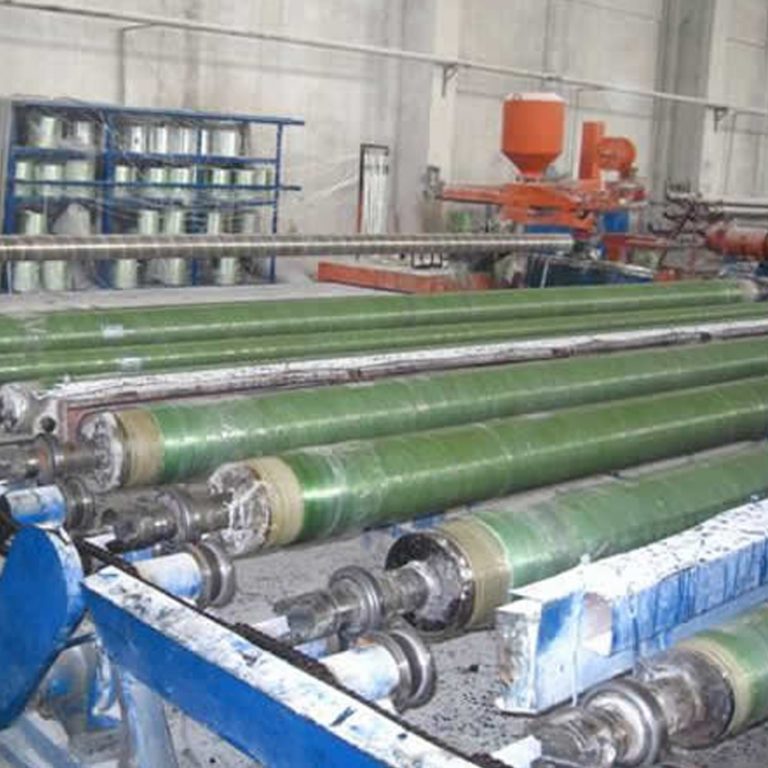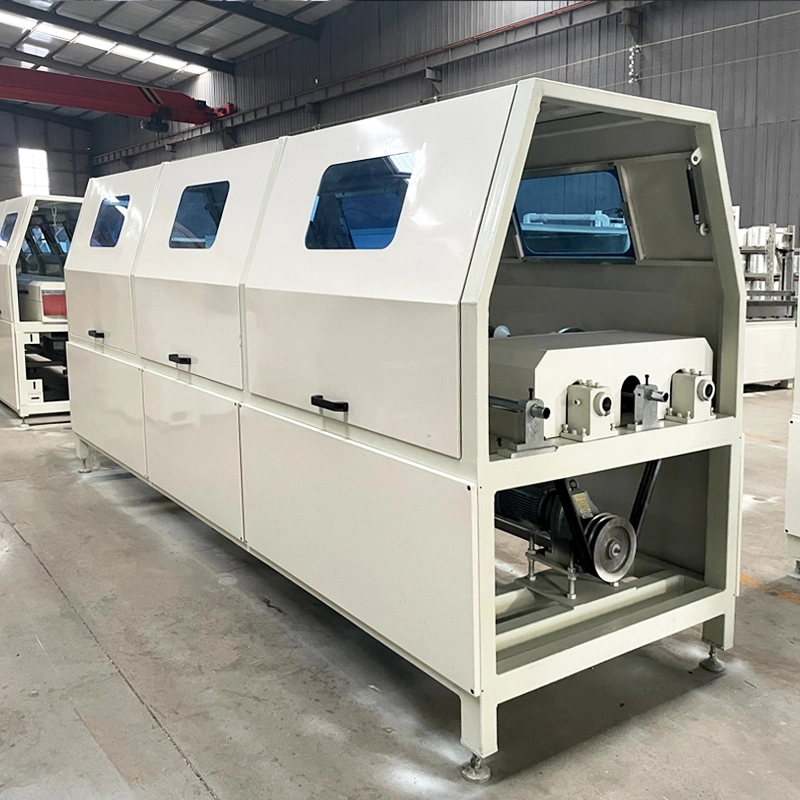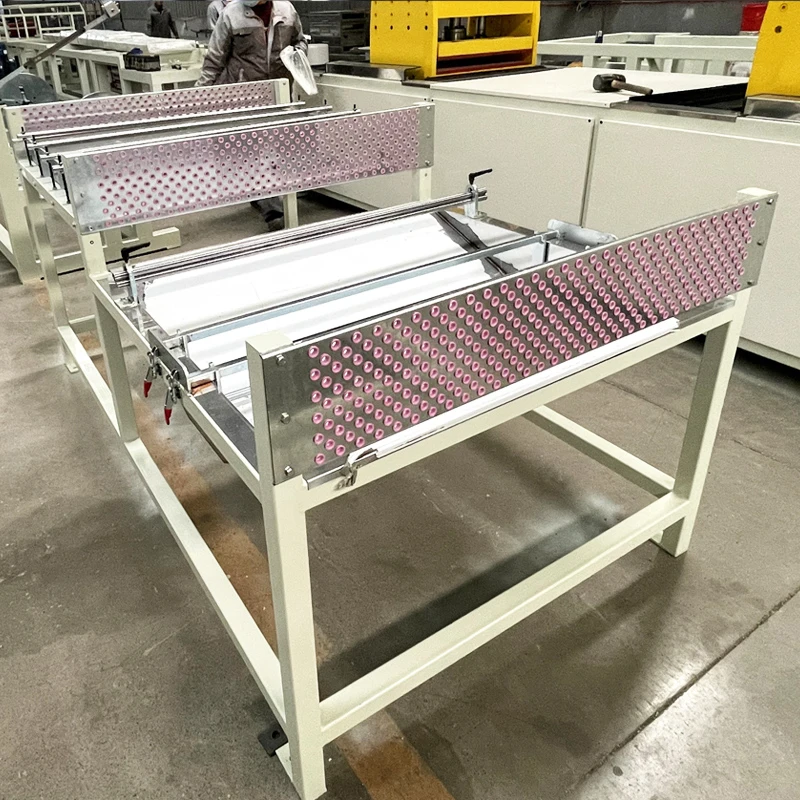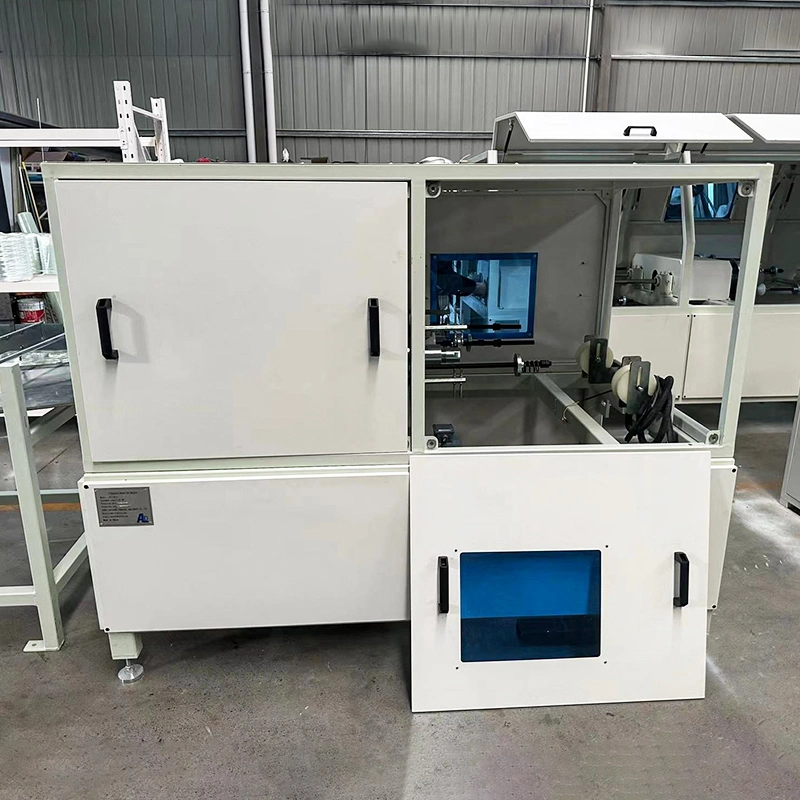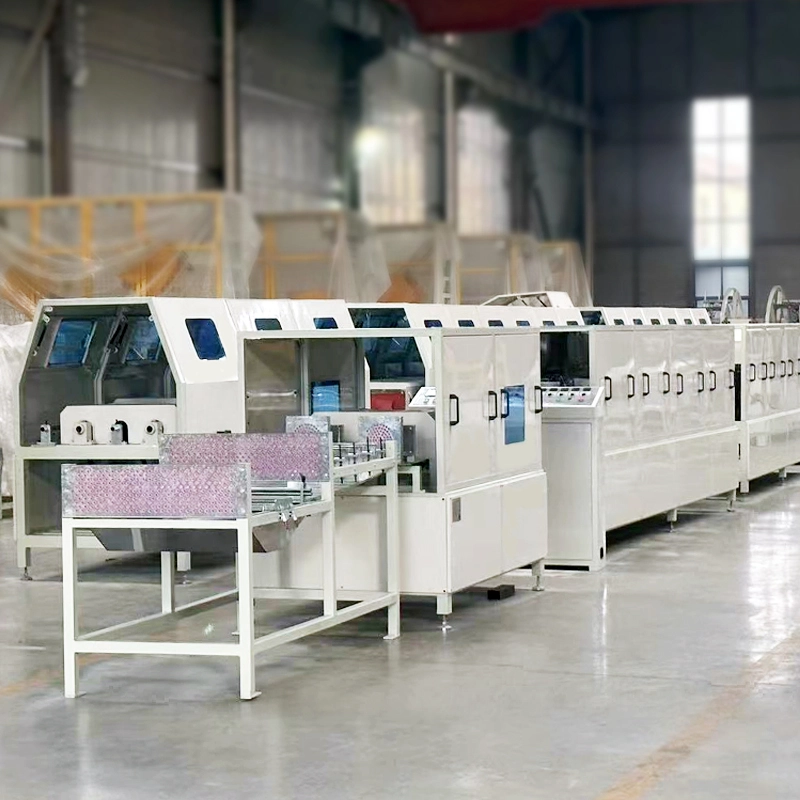The Significance of FRP/GRP Rebar in Modern Construction
Benefits of Using FRP/GRP Rebar Over Traditional Steel Rebar
FRP (Fiber Reinforced Polymer) and GRP (Glass Reinforced Polymer) rebars made construction nowadays easier. They possess many advantages compared to steel rebars. Their first major positive point is light weight. That is easy for handling. That lowers transportation cost as well. They are effective corrosion-resistant materials. They suit buildings with water or severe chemical exposure. In contrast to the rusting characteristic of steel rebars, FRP/GRP rebars remain firm. This leads to long-lasting buildings.
One significant benefit is their excellent tensile strength-to-weight ratio. This allows the engineers to produce structures that are light yet strong. FRP/GRP rebars also have low thermal conductivity. This reduces thermal bridging in buildings. It increases efficiency when it comes to energy. These properties recommend them for use in structures like bridges, sea structures, and water treatment facilities.
Applications of FRP/GRP Rebar in Various Industries
The adaptability of FRP/GRP rebars has made them to be demanded in the majority of applications. They are used in civil engineering in bridges, highways, and tunnels. They can endure environmental stress and are also robust. Petrochemical industries utilize them for storage tanks and pipes. They must be used with corrosive substances.
Agriculture benefits from FRP/GRP rebars too. They are used in irrigation systems and greenhouses. Lightweight yet strong materials are essential there. Marine applications like docks and seawalls also use these rebars. They resist saltwater corrosion. Sewage treatment plants show their value too. Their non-corrosive nature is a big advantage.
The Role of Fiberglass Rebar-Making Machines in Production
Key Features of Advanced FRP/GRP Rebar Machines
Fiberglass rebar-making machines are vital for producing high-quality FRP/GRP rebars. These machines have advanced features. They ensure accuracy and efficiency in production. For example, the unit can automatically handle tasks like yarn splitting, impregnation, pre-forming, winding, heating and curing, hauling, fixed-length cutting, collection, and stacking. This automation reduces mistakes. It also boosts productivity.
The machines often have stainless steel dipping tanks for resin impregnation. They include ovens with smart temperature controllers for precise curing. Gear transmission systems allow stepless speed adjustment during winding. This ensures all rebars are uniform.
Enhancing Efficiency and Precision in Rebar Manufacturing
Efficiency is a key strength of fiberglass rebar-making machines. They use technologies like frequency conversion speed control and automatic tracking cutting saws. These streamline production. For instance, GRP rebars can be cut to length online based on specific needs. This saves time. It also keeps product sizes consistent.
Heat insulation materials in ovens improve energy efficiency during curing. The modular design of these machines makes maintenance and cleaning easy. This adds to operational efficiency.
The Process of Manufacturing FRP/GRP Rebars
Overview of the Production Workflow
The manufacturing process starts with yarn splitting. A special frame ensures even distribution. The yarn is then soaked in resin using a dipping tank with internal pressure rollers. This step ensures strong bonding between fibers and resin.
Next is the winding stage. Thread rollers spin around the product to wind the thread evenly. After winding, the material goes into an oven for controlled heating and curing. This step solidifies the composite structure. Finally, automated cutting saws trim the rebars to set lengths. The rebars are then stacked for collection.
Ensuring Quality and Durability During Production
Quality control is crucial at every stage. Advanced fiberglass rebar-making machines use smart temperature controllers. These maintain steady curing conditions. Stainless steel components prevent contamination during resin impregnation. This ensures high-quality output.
Regular checks during winding and curing catch issues early. By following strict quality standards, manufacturers produce durable GRP rebars. These can withstand tough conditions.
Environmental and Economic Advantages of Using FRP/GRP Rebars
Contribution to Sustainability in Construction Projects
FRP/GRP rebars support sustainability in construction. Their lightweight cuts the carbon footprint of transportation and handling. They resist corrosion well. This extends the life of structures. It reduces the need for repairs or replacements. This durability saves resources and reduces waste over time.
The production of FRP/GRP rebars follows sustainable practices. Fiberglass rebar-making machines use advanced technology. They achieve precision and reduce material waste. The non-corrosive nature of FRP/GRP rebars makes them eco-friendly. Unlike steel rebars, they don’t need protective coatings or treatments. Those often use harmful chemicals.
In projects like bridges, marine structures, and sewage treatment plants, FRP/GRP rebars resist harsh conditions. They don’t release pollutants into the environment. Their low thermal conductivity also boosts energy efficiency in buildings. It reduces heat transfer.
Cost-Effectiveness and Long-Term Value for Manufacturers
FRP/GRP rebars may cost more upfront than steel rebars. But their long-term benefits are worth it. Their durability reduces maintenance and replacement costs. This saves money over a project’s life. Their stiffness and light weight reduce structural loads. This allows designs that use fewer materials.
Fiberglass rebar-making machines improve cost-effectiveness. They automate tasks like yarn splitting, resin impregnation, winding, curing, cutting, and stacking. These machines use frequency conversion speed control. This ensures steady quality and high output efficiency. By streamlining workflows and cutting labor costs, manufacturers gain better profits.
FRP/GRP rebars resist environmental factors like moisture and chemicals. This eliminates the need for expensive protective measures. This is especially valuable in petrochemical and marine construction. Corrosive elements are common there.
Aoliande: Pioneering Excellence in FRP/GRP Technology
Overview of Aoliande’s Expertise in Manufacturing Solutions
Aoliande leads in FRP/GRP technology. They offer cutting-edge manufacturing solutions for various industries. Their expertise is in building advanced machinery. This ensures precision, efficiency, and reliability in producing high-quality FRP/GRP products.
One of Aoliande’s top products is its fiberglass rebar making machine. This machine automates processes like yarn splitting, resin impregnation, pre-forming, winding, heating and curing. Its modular design allows easy maintenance. It can be customized for specific production needs. Smart temperature controllers and automated tracking cutting saws ensure consistent sizes. They also optimize resource use.
Other Cutting-Edge Products Offered by Aoliande
Aoliande offers a wide range of equipment for various industrial needs:
- FRP Pipe Production Line: This includes six components, like a computer-controlled mortar-winding machine. It improves stiffness and cuts costs by up to 40% compared to traditional methods.
- FRP Pultrusion Machines: These have hydraulic reciprocating traction systems and pneumatic fixed-length cutting. They produce profiles like I-beams and hollow panels for different structural needs.
- FRP Molded Grating Machines: These are durable and use hydraulic lift mechanisms for efficient work. They are ideal for making anti-corrosive grating solutions.
- Large-Scale Site Winding Machines: These are for on-site production. They can make FRP tanks with diameters from 4m to 25m. They suit industries like chemical storage.
Aoliande’s focus on innovation ensures their products go beyond industry standards. They use advanced technologies like computer-controlled systems. This sets new benchmarks in composite material manufacturing.
FAQ
Q: What are the main advantages of using FRP/GRP rebars?
A: They are lightweight, resist corrosion, and have a high tensile strength-to-weight ratio. They also have low thermal conductivity and last long in harsh conditions.
Q: In which industries are FRP/GRP rebars commonly used?
A: They are used in civil engineering for bridges, petrochemical storage tanks, and pipelines. They are also used in agriculture for irrigation systems, marine docks, seawalls, and sewage treatment plants.
Q: How do fiberglass rebar-making machines enhance production?
A: They automate tasks like yarn splitting, impregnation, pre-forming, winding, curing, cutting, and stacking. This improves efficiency, precision, consistency, and output quality.
Q: What technological features distinguish advanced fiberglass-reinforced polymer equipment?
A: Features include computer-controlled operations, frequency-conversion speed controls, modular heating boxes, smart temperature regulation, and automated tracking saws.
Q: How does automation impact productivity within this sector?
A: Automation cuts manual errors. It speeds up operations. It ensures uniformity. It optimizes resource use. This drives higher profits and scalability.
Contact us via WhatsApp: +86-13363884492 or Email: belen@aldfrp.com.








